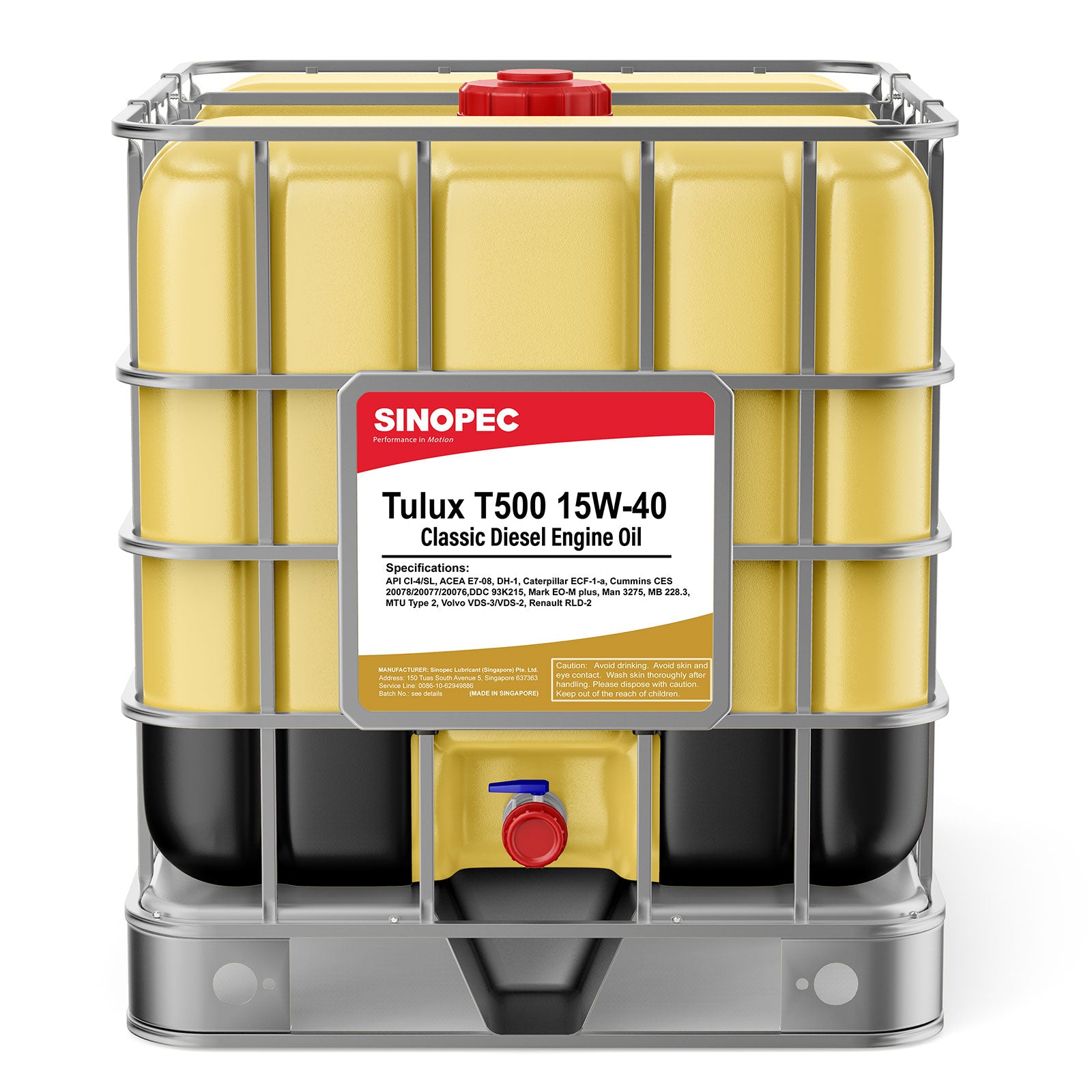How many different types of hydraulic oil are taking up space in your oil store? If there's more than one, you're not alone. I often get questions from hydraulic equipment owners who'd like to consolidate their oil inventory but aren't sure how to go about it. This situation is typical:
"We have a number of pieces of hydraulic equipment - bucket trucks, cranes, backhoes, rollback wreckers, dump trucks, scissors lifts, etc. It seems as if each piece of hydraulic equipment requires a different hydraulic oil. And, I'm confused by all of the different oil we're currently using - for example, Warren R&O, Conoco MV-22, NAPA AW-46 and AW-315. I'd like to know the compatibility or interchangeability of the different products before I do irreversible harm."
Translation Required
The first step is to decipher all of the different abbreviations and numbers to understand what you've got, so you can compare "apples to apples".
This task is complicated by the different standards used. And, some abbreviations and numbers used by individual manufacturers are not standard at all. Looking at the above array of oils:
R&O stands for rust and oxidation - mineral oils with improved anti-rust and anti-oxidation properties. The ISO classification for these oils is HL.
AW stands for anti-wear - R&O oils with an anti-wear additive package. The ISO classification for these oils is HM.
MV stands for multi-viscosity. To the best of my knowledge, this is not a standard abbreviation. In theory, MG (multi-grade), MW (multi-weight) or HVI (high viscosity index) could all be used to mean the same thing. Regardless, these oils contain viscosity index improvers which modify the rate of change in viscosity with temperature. The ISO classification is HR for VI-improved R&O oils and HV for VI-improved AW oils.
Now to the numbers: 22, 46 and 315 refer to the viscosity grade (VG) of the oil; 22 and 46 are ISO grades and refer to the oil's kinematic viscosity in centistokes at 40 degrees Celsius, plus or minus 10 percent. So, an ISO VG 46 hydraulic oil has a viscosity of between 41.4 and 50.6 centistokes at 40 degrees Celsius. Viscosity grade 315 is a now mostly obsolete ASTM viscosity number - 315 SUS at 100 degrees Fahrenheit, which is roughly equivalent to ISO VG 68.
Confirmation Steps
As you can now see, this equipment owner has both R&O and anti-wear hydraulic oil in three different viscosity grades - one of which is VI improved. On the surface, my hunch would be a single hydraulic oil - probably ISO HM - VG 46 - could cover his entire fleet. But to confirm this, each piece of hydraulic equipment must be assessed individually by considering:
starting viscosity at minimum ambient temperature (worst-case cold start);
maximum expected operating temperature, which is influenced by the hydraulic system's efficiency and installed cooling capacity, and the maximum ambient temperature at the machine's location;
permissible and optimum viscosity range for individual hydraulic components in the system.
How to Change Over
Once this has been done and the appropriate type and grade of hydraulic oil have been chosen, the next issue to consider is how to go about changing equipment over to the "standardized" oil.
In this case, because we are only considering three different types of mineral oil, we don't need to concern ourselves with the compatibility of seal materials. But, we do need to concern ourselves with miscibility of the oils.
On this score, you won't get any peace of mind from the oil companies. It's highly unlikely any oil blender will tell you that it's OK to mix its oil with a competitor's - and for good reason, too. When oils with different additive chemistry are mixed, there is always a risk of additive "drop-out".
At the very least, you should be doing a thorough oil drain, reservoir clean and filter change as part of switching oils. But unless it's practical or possible to drain every part of the hydraulic system, a small percentage of the original oil will remain and be mixed with the new oil.
A Check Step Before Switching
Before making the switch, it's a good idea to mix equal parts of the original and new hydraulic oil in a glass jar and shake vigorously. Wait half an hour and observe the solution. Look for obvious changes in color, clarity, viscosity and sediment. Next, filter 100 milliliters of the original, new and mixed oils through a patch filter - noting the time taken for each. If nothing abnormal is observed, it should be safe to proceed.
















